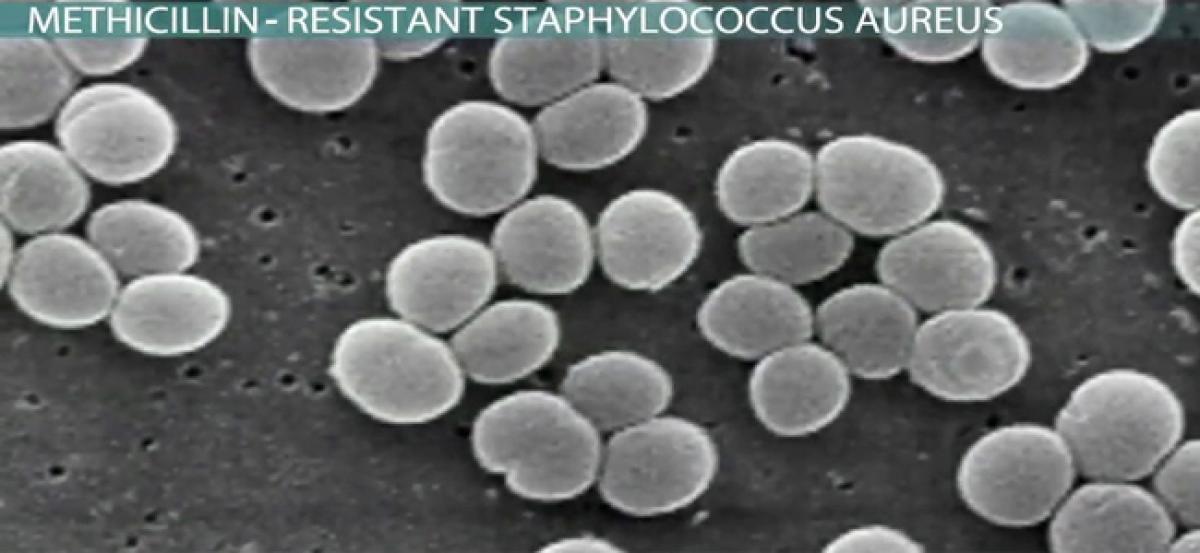Live
- Temple affairs a big task for EOs while few enjoy H.O. cushy stints
- RTA flounders on despatch of documents to motorists in city
- Police destroy ganja plantation
- UBI gesture to 3 welfare hostels
- Overwhelming response to Vijayawada Marathon
- Public Garden stepwell rots in apathy, walkers raise a stink
- Dinakar to send report to CM for justice to victims
- GHMC wakes up from slumber, out to tame stray dog menace
- Victoria Kjaer Theilvig: Denmark’s First Miss Universe Winner Makes History
- Health minister for action against ragging offenders
Just In
Computer software can discern bacteria that causes food poisoning


The software learns the DNA signatures that are associated with E coli samples that have caused outbreaks of infection in people.
London: A novel computer software can learn to predict strains of bacteria likely to cause food poisoning outbreaks, a new study has found. Researchers at the University of Edinburgh in the UK used a software that compares genetic information from bacterial samples isolated from both animals and people.
The software learns the DNA signatures that are associated with E coli samples that have caused outbreaks of infection in people. It can then pick out the animal strains that have these signatures, which are therefore likely to be a threat to human health. Most E coli strains live in the guts of people and animals without causing illness but E coli O157 is linked with more serious human infections.
Cows also carry E coli O157 and serve as the main reservoir for these toxic bacteria. The animals excrete the bacteria in their faeces but do not become ill. This makes it difficult to spot which herds and animals are carrying strains that are likely to cause disease in people. The team trained the software on DNA sequences from strains isolated from cattle herds and human infections in the UK and the US.
Once trained, the computer is able to predict whether an E coli strain is likely to have come from a cow or a person. Using this approach, the team predicts that less than 10 per cent of the E coli O157 cattle strains are likely to have the potential to cause human disease. Interventions to stop the spread of the disease such as vaccines could be targeted at herds with these strains to minimise the risk of outbreaks in people, researchers said.
E coli O157 causes stomach cramps, vomiting and severe diarrhoea in infected people. A recent outbreak of the illness in Scotland resulted in the death of a child and a further 19 cases of serious food poisoning. The infection is believed to have originated from an unpasteurised cheese source. Researchers said their approach could be adapted to test samples of other types of bacteria isolated from animals – such as salmonella and campylobacter to identify strains with the potential to cause human disease.
"Our findings indicate that the most dangerous E coli O157 strains may in fact be very rare in the cattle reservoir, which is reassuring," said Professor David Gally, from University of Edinburgh.
"The study highlights the potential of machine learning approaches for identifying these strains early and prevent outbreaks of this infectious disease," Gally said. "We hope that by investigating the genes the software uses to discriminate the strains, we can learn why certain isolates are more of a threat to human health," he said. The study was published in the journal PNAS.

© 2024 Hyderabad Media House Limited/The Hans India. All rights reserved. Powered by hocalwire.com






